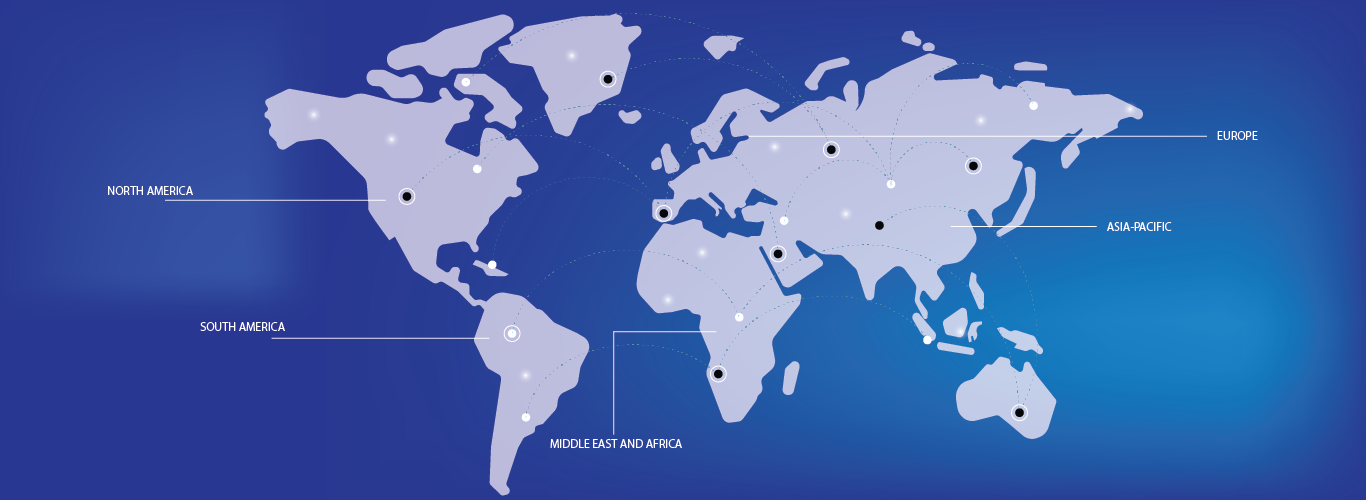The eye tracking and vision therapy systems market is experiencing rapid growth, driven by advancements in technology and increasing awareness of vision-related disorders. Eye tracking systems are crucial for diagnosing and treating conditions such as amblyopia, strabismus, and other vision impairments, as well as for enhancing user experiences in various fields like healthcare, automotive, education, and sports. In healthcare, eye tracking plays an essential role in vision therapy, helping patients improve eye coordination and focus through computer-assisted, traditional, and even virtual reality-based therapies. The technology is also used for diagnosis and rehabilitation in clinical settings. As for applications outside healthcare, eye tracking is becoming increasingly important in market research to understand consumer behaviour, as well as in psychology and cognitive research to study attention, perception, and cognitive processes.
Furthermore, the sports industry uses eye tracking to analyze visual attention and improve performance, while driver monitoring systems in the automotive sector leverage this technology to enhance safety by detecting driver fatigue or inattention. The market is expected to expand significantly, especially in Asia Pacific, as technological advancements and healthcare investments continue to grow.




